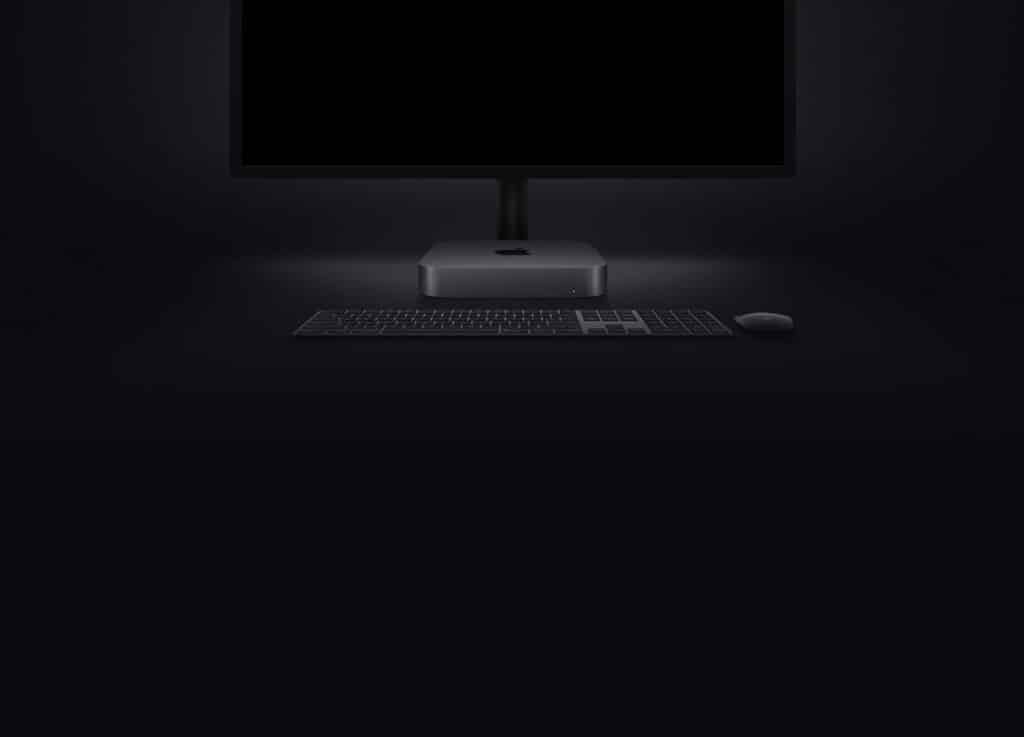macOS Dark Mode transforms your Mac’s interface—menus, buttons, and apps like Safari, Mail, and Photos—into a soothing dark theme with light text. This reduces harsh contrast between a bright screen and a dark environment, helping to ease eye strain during long sessions. According to Healthline, a darker interface may cut down on blue light exposure, which can disrupt sleep if you’re using your Mac at night. While research is inconclusive on whether it significantly reduces eye strain, many users report improved focus and comfort, especially in low-light settings. For devices with OLED screens, like some MacBook models, macOS Dark Mode can also save battery life by using less power for darker pixels.
How to Enable macOS Dark Mode
Enabling macOS Dark Mode is straightforward and can be done in a few clicks. The process works on macOS Mojave (10.14) and later, including Catalina, Big Sur, Monterey, Ventura, Sonoma, and Sequoia. Here’s how to do it:
-
Open System Settings: Click the Apple logo in the top-left corner of your screen and select System Settings (or System Preferences on older macOS versions).
-
Navigate to Appearance: In the System Settings window, find and click Appearance (or General in older versions)
-
Choose Dark Mode: Select the Dark option to switch your Mac to a dark interface. Alternatively, choose Auto to let macOS toggle between Light and Dark Mode based on the time of day, syncing with your Night Shift schedule.
For faster access, use the Control Center: click the toggle icon in the menu bar, select Display, and click Dark Mode to turn it on or off. You can also ask Siri to “Turn on macOS Dark Mode” for a hands-free option. To disable it, follow the same steps and select Light.
Customizing Your Dark Mode Experience
macOS Dark Mode isn’t just about aesthetics—it’s customizable for maximum comfort. Here are some tips to optimize it:
-
Dynamic Wallpapers: macOS offers dynamic wallpapers that shift with the time of day, complementing a darker interface. Go to System Settings > Wallpaper, choose a Dynamic Wallpaper, and select Dynamic to ensure it darkens at night. Alternatively, pick a dark still image to enhance the effect.
-
Night Shift Integration: Pair macOS Dark Mode with Night Shift, which warms your screen’s colors to reduce blue light. Access it via System Settings > Displays > Night Shift, and set a schedule (e.g., sunset to sunrise) or turn it on manually. This combo is ideal for late-night use, as Apple notes that warm colors are easier on the eyes in low light.
-
App-Specific Settings: Some apps, like Mail, allow you to override the dark theme. In Mail, go to Preferences > Viewing and uncheck “Use dark backgrounds for messages” if you prefer light email backgrounds. Check third-party apps for Dark Mode support, as many, like Microsoft Office, now adapt to macOS settings.
Enhancing Dark Mode with Third-Party Tools
While macOS Dark Mode covers system apps, not all websites or third-party apps adapt automatically. For a consistent experience:
-
Safari Dark Mode: Install the Night Eye extension from the App Store to enable dark themes on websites. Tap the Night Eye icon in Safari and select Dark to transform web pages, or choose Normal for specific sites. This is perfect for late-night browsing, reducing glare on bright sites like news pages.
-
Productivity Apps: Apps like Ulysses (available on Setapp) offer a dark interface for distraction-free writing, ideal for creatives working in low light. News Explorer, another Setapp app, syncs feeds with a dark theme for comfortable reading.
-
One Switch: This app adds a toggle to your menu bar for one-click switching, saving time compared to navigating System Settings. It’s available on Setapp and supports custom schedules independent of Night Shift.
Why It’s a Game-Changer for Users
macOS Dark Mode minimizes distractions by making content pop against darker backgrounds, boosting focus during tasks like coding or writing. Posts on X highlight user enthusiasm, with some calling it a “must-have” for late-night work. Setapp notes that a darker interface can improve productivity by creating a calming effect, reducing visual noise. For MacBook users, the potential battery savings on OLED displays is a bonus, letting you work longer without recharging.
However, a darker interface isn’t for everyone. Some users with vision issues may find dilated pupils in dark settings make focusing harder, as All About Vision points out. If you experience discomfort, try dimming your screen in Light Mode or using Night Shift alone. Regular eye exams and blue-light-filtering glasses can also help, as recommended by the American Academy of Ophthalmology.
Looking Ahead
As Apple prepares for WWDC 2025, where iOS 19 and new macOS features may debut, macOS Dark Mode is likely to remain a staple, with potential enhancements for third-party app integration or more granular controls. For now, enabling this feature is a simple way to make your Mac more comfortable and stylish, whether you’re a night owl or just want a break from bright screens.
